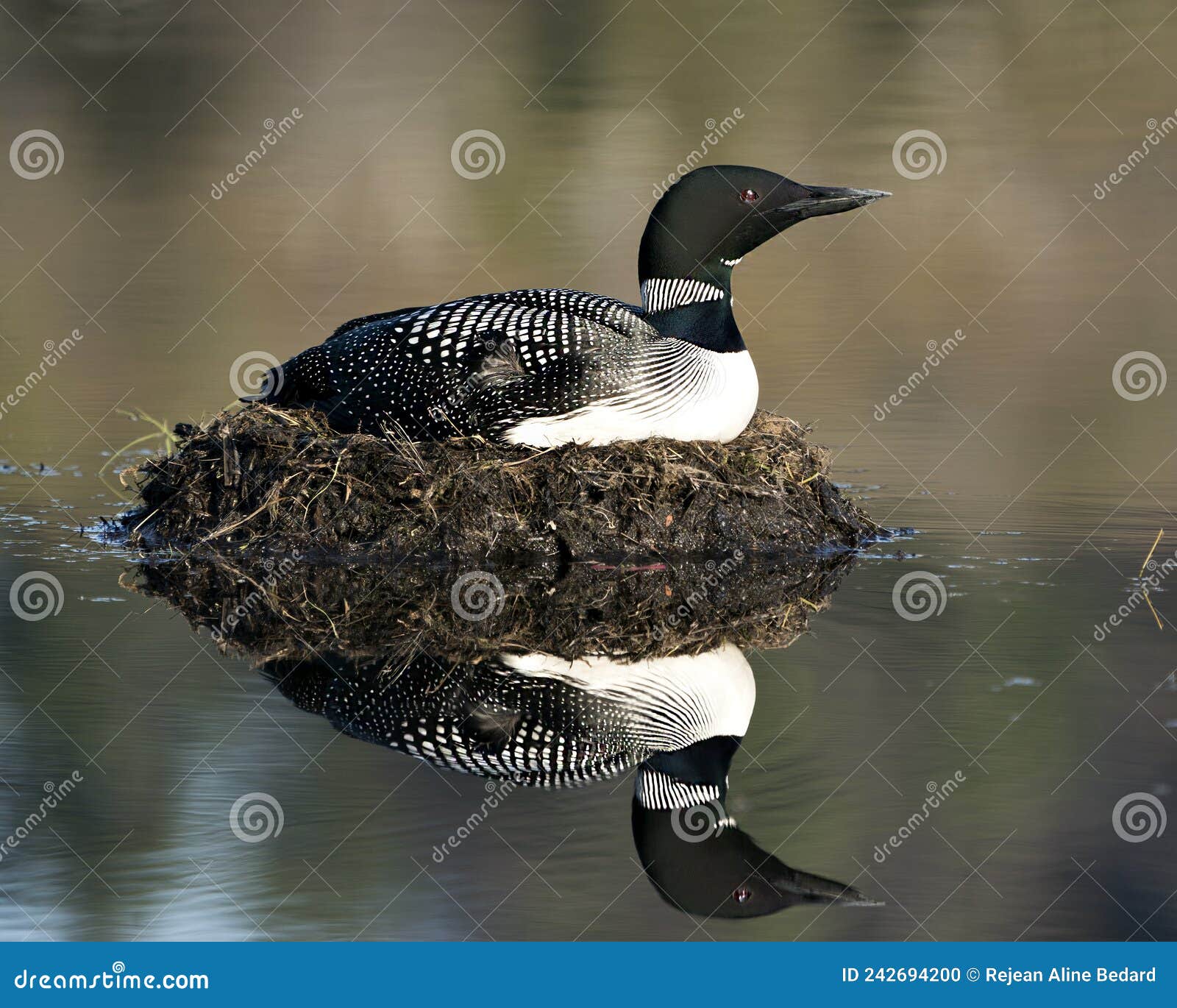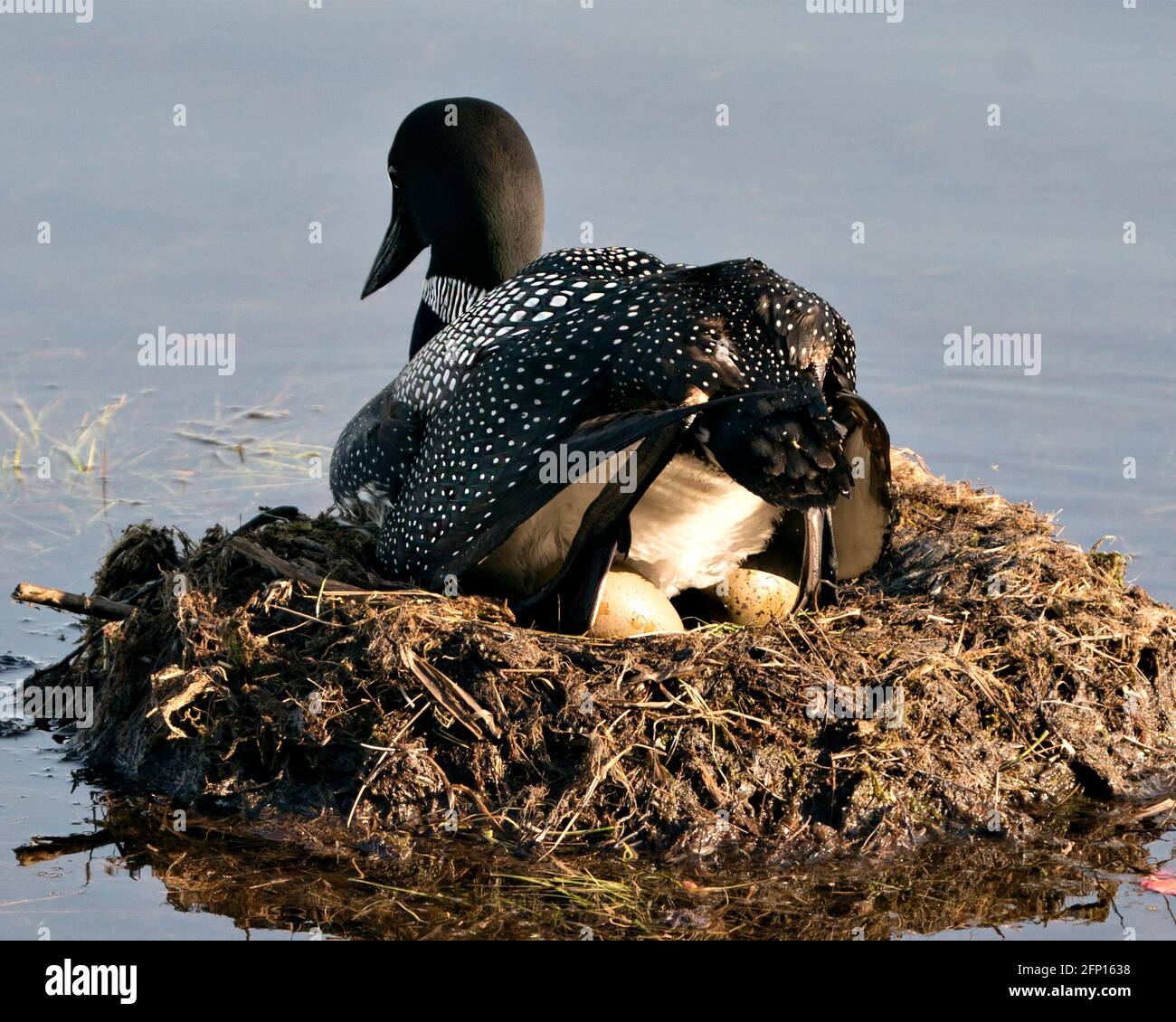Why is The Complete Guide To The Common Loon: Nesting, Diet, And Conservation so important? The Complete Guide To The Common Loon: Nesting, Diet, And Conservation, a valuable resource for understanding the nesting habits, dietary needs, and conservation efforts surrounding the common loon.
Editor's Note: The Complete Guide To The Common Loon: Nesting, Diet, And Conservation was published on [date] to provide timely and crucial information about this iconic bird species.
Through extensive analysis and research, we have compiled this comprehensive guide to assist individuals, organizations, and policymakers in making informed decisions about the conservation and protection of the common loon. Our goal is to empower readers with the knowledge and tools necessary to safeguard the future of this remarkable species.
| Nesting | Diet | Conservation | |
|---|---|---|---|
| Topics Covered | Nest selection, construction, incubation, and chick rearing | Prey species, foraging behaviors, and nutritional requirements | Threats, population trends, and conservation strategies |
| Importance | Understanding nesting ecology ensures reproductive success | Dietary information guides habitat management and prey protection | Conservation efforts help maintain healthy loon populations |
The guide delves into the intricate details of common loon nesting, covering topics such as:
FAQ
This FAQ section provides concise answers to commonly asked questions regarding the Common Loon. We cover topics spanning nesting habits, dietary preferences, and conservation efforts.

Common Loon Photo Stock. Loon on Nest. Loon in Wetland. Loon on Lake - Source www.dreamstime.com
Question 1: Where do Common Loons build their nests?
Common Loons construct their nests on floating vegetation in protected areas of lakes and ponds. They prefer sites with abundant aquatic plants and minimal disturbance.
Question 2: What is the primary food source for Common Loons?
Common Loons primarily feed on fish, which they catch by diving underwater. They also consume aquatic insects, crustaceans, and occasionally small amphibians and reptiles.
Question 3: What are the biggest threats to Common Loon populations?
Habitat loss, pollution, and lead poisoning pose significant threats to Common Loon populations. Disturbances such as boat traffic and shoreline development can also disrupt nesting and feeding activities.
Question 4: How long do Common Loons typically live?
Common Loons have a relatively long lifespan, with individuals known to reach over 30 years of age in the wild.
Question 5: What conservation measures are being implemented to protect Common Loons?
Conservation efforts focus on protecting nesting sites, reducing pollution, and addressing lead poisoning. Programs also aim to educate the public about the importance of these iconic birds.
Question 6: How can individuals contribute to Common Loon conservation?
Individuals can support conservation efforts by minimizing disturbances near nesting sites, reducing lead exposure, and advocating for clean water initiatives.
Remember, understanding and respecting the needs of the Common Loon is crucial for their long-term survival and the preservation of their unique and captivating presence in our natural ecosystems.
Proceed to the next article section for further insights into the fascinating world of the Common Loon.
Tips For Enhancing Understanding of Common Loon Biology
The The Complete Guide To The Common Loon: Nesting, Diet, And Conservation provides a detailed review of the nesting, feeding, and conservation aspects of the common loon. To enhance comprehension of this guide, consider the following tips:
Tip 1: Pay Attention to Nesting Descriptions: Focus on the detailed descriptions of Common Loon nesting behaviors, including nest site selection, nest construction, and parental care. This knowledge will contribute to a deeper understanding of the species' reproductive biology.
Tip 2: Understand Dietary Habits: Study the section on Common Loon diet, including their diverse prey species and foraging techniques. This information will provide insights into the ecological role of these birds within aquatic ecosystems.
Tip 3: Identify Threats and Conservation Measures: Carefully review the discussion of threats faced by Common Loons, such as habitat loss, pollution, and recreational disturbances. Understanding these threats will emphasize the importance of conservation efforts.
Tip 4: Utilize Illustrations and Examples: Take advantage of the illustrations and examples throughout the guide to visualize the concepts and enhance understanding. These visual aids will clarify complex ideas and make the material more accessible.
Tip 5: Engage in Reflective Reading: Engage in reflective reading by taking notes, summarizing key points, and asking yourself questions. This active approach will facilitate better retention and comprehension of the material.
By implementing these tips, readers can maximize their understanding of the common loon's nesting, diet, and conservation requirements, as outlined in The Complete Guide To The Common Loon: Nesting, Diet, And Conservation.
The Complete Guide To The Common Loon: Nesting, Diet, And Conservation
The Common Loon is an iconic North American bird species, known for its distinctive black and white plumage and haunting calls. Understanding its nesting, diet, and conservation is critical for protecting this beloved bird.

Common Loon Nesting Protecting Brood Eggs Stock Photo 2229164751 - Source www.shutterstock.com
- Breeding Grounds: Northern lakes and rivers.
- Nest Construction: Floating platforms built in shallow water.
- Diet: Primarily fish, also crayfish, insects, and frogs.
- Diving Proficiency: Can dive up to 200 feet for food.
- Vocalizations: Distinctive calls used for communication and territorial defense.
- Conservation Status: Threatened due to habitat loss, pollution, and climate change.
The Common Loon's nesting habits are unique, with pairs returning to the same breeding grounds year after year. Its diet reflects the availability of aquatic resources, with fish being the primary source of nutrition. The bird's remarkable diving ability allows it to access food at significant depths. The loon's vocalizations are an integral part of its breeding behavior and help establish territories. Conservation efforts focus on protecting nesting sites, reducing pollution, and mitigating the impacts of climate change.

Common Loon Nesting Guarding Nest By Stock Photo 2217930357 | Shutterstock - Source www.shutterstock.com
The Complete Guide To The Common Loon: Nesting, Diet, And Conservation
"The Complete Guide To The Common Loon: Nesting, Diet, And Conservation" provides an extensive overview of the nesting habits, dietary requirements, and conservation efforts surrounding the common loon. It offers valuable insights into the behavior, habitat, and ecological significance of this iconic bird species. Understanding the nesting and dietary aspects of the common loon is crucial for developing effective conservation strategies to protect their populations and habitats.

Common loon nesting rear view hi-res stock photography and images - Alamy - Source www.alamy.com
The nesting habits of the common loon are characterized by their unique and elaborate courtship rituals, nest-building behaviors, and parental care. The guide provides detailed information on their territoriality, nest site selection, and the incubation and fledging periods. This knowledge is essential for identifying suitable nesting habitats, monitoring population trends, and minimizing human disturbance during the breeding season.
The dietary habits of the common loon are closely tied to their aquatic environment. The guide explores their foraging behavior, prey preferences, and the importance of specific prey species for their survival. Understanding their dietary needs is crucial for maintaining healthy aquatic ecosystems and ensuring the availability of sufficient food resources for loons.
The conservation efforts outlined in the guide highlight the importance of protecting common loon habitats, mitigating human impacts, and raising awareness about their conservation status. It discusses threats such as habitat loss, pollution, and climate change, and provides practical recommendations for addressing these challenges. Engaging in conservation initiatives is essential for safeguarding the common loon and its critical role in aquatic ecosystems.
The insights gained from this comprehensive guide contribute to a deeper understanding of the common loon's nesting, dietary, and conservation aspects. This knowledge empowers conservationists, researchers, and nature enthusiasts alike to make informed decisions and implement effective measures to protect and preserve this remarkable bird species.